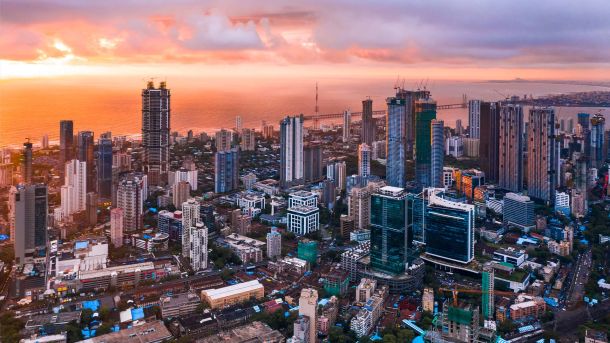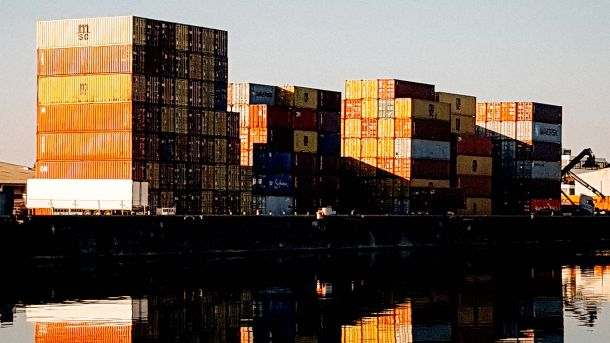
In 2024, manufacturing production in South Africa decreased by 1.2%, following a 1.9% contraction in November. This decline was anticipated, as the Purchasing Managers’ Index (PMI) fell from 48.1 in November to 46.2 in December.
The drop in production volumes can be attributed to several key factors:
- Basic Iron and Steel, Non-Ferrous Metal Products, Metal Products, and Machinery: Production decreased by 6.0%, contributing -1.2 percentage points to overall manufacturing growth.
- Motor Vehicles, Parts, and Accessories: This sector experienced a significant decline of 20.8%, adding another -1.2 percentage points.
In contrast, the food and beverages sector saw a robust increase of 5.8%, boosting total output growth by 1.2 percentage points.
The seasonally adjusted value of sales in the manufacturing sector contracted by 0.8% quarter-on-quarter in December. The primary contributors to this decline included:
- Motor Vehicles, Parts, and Accessories: This sector fell by 2.5%, contributing -0.2 percentage points.
- Basic Iron and Steel, Non-Ferrous Metal Products, Metal Products, and Machinery: This category decreased by 2.7%, contributing an additional -0.6 percentage points to the quarterly contraction.
As the most industrialized sector on the continent, manufacturing plays a vital role in the South African economy, employing approximately 1.6 million people and contributing about 12.5% to GDP. Despite the importance of this sector for job creation, recent employment statistics reveal a surprising drop in job numbers, from 1.655 million in Q2 to 1.635 million in Q3 of 2024, even with relatively stable PMI figures for the latter half of the year.
Manufacturing business owners are adopting a cautious “wait-and-see” approach towards investment and medium-term growth, especially amid rising diplomatic tensions between Pretoria and Washington, which may lead to potential trade restrictions on South African manufactured goods. Reports from the Reserve Bank and commercial banks indicate that corporate South Africa holds significant cash reserves, suggesting companies are awaiting clarity from the Government of National Unity (GNU) regarding industrial policy, promised reforms, and resolutions to the current standoff with the U.S.





